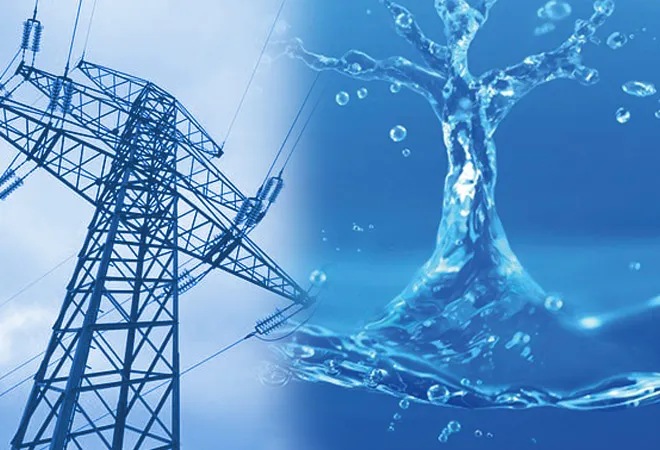
Rural electrification has become a critical focus for improving living standards and fostering economic development in underserved areas. As communities strive for sustainable energy solutions, water storage tanks play an often-overlooked yet vital role in these initiatives. This article explores how water storage tanks contribute to the success of rural electrification projects.
Enhancing Water Supply for Energy Production:
One of the primary uses of water storage tanks in rural electrification projects is to support energy production. Many renewable energy systems, such as hydroelectric power, require a stable water supply for efficient operation. By storing water, these tanks ensure a consistent flow, enabling energy generation even during dry periods. This reliability is essential for communities that rely on renewable sources to meet their energy needs.
Facilitating Energy Storage:
In off-grid areas, water can also serve as a means of energy storage. For instance, in systems utilizing pumped hydro storage, excess energy generated during low demand can be used to pump water into elevated storage tanks. During peak demand, this stored water can then be released to generate electricity. This method allows communities to maximize the use of renewable energy sources and minimize reliance on fossil fuels.
Supporting Agricultural Practices:
Rural electrification projects often coincide with initiatives to improve agricultural productivity. Water storage tanks provide a reliable irrigation source, enabling farmers to cultivate crops year-round. Access to water can increase agricultural yields, which, in turn, boosts the local economy. Enhanced agricultural practices lead to increased food security, which is crucial for rural communities striving for self-sufficiency.
Providing Clean Water Access:
Access to clean drinking water is a fundamental necessity for any community. Water storage tanks can be integrated into electrification projects to ensure that clean water is available alongside electricity. When communities have reliable access to both, the overall quality of life improves significantly. Electrification can power water purification systems, enhancing the safety and quality of stored water.
Strengthening Infrastructure Resilience:
In rural areas, infrastructure can be vulnerable to extreme weather events. Water storage tanks can be designed to withstand such challenges, providing a buffer during crises. This resilience is particularly important as climate change increases the frequency and severity of weather-related disasters. A robust water storage system contributes to the overall stability of electrification efforts, ensuring that communities can continue to access water and energy during challenging times.
Encouraging Community Participation:
Involving local communities in the planning and maintenance of water storage tanks fosters a sense of ownership and responsibility. When community members are engaged in the process, they are more likely to support electrification projects. Training programs can also be implemented to educate locals about the importance of water management and its connection to energy sustainability. This grassroots involvement can lead to more successful and sustainable outcomes.
Integrating with Other Renewable Energy Sources:
Water storage tanks can complement various renewable energy systems, such as solar and wind power. For example, solar-powered pumps can fill storage tanks, ensuring a steady water supply for both drinking and agricultural needs. This integration allows for a holistic approach to rural development, where energy, water, and food security are interlinked.
Conclusion:
Water storage tanks play a crucial role in the success of rural electrification projects. By enhancing water supply for energy production, facilitating energy storage, supporting agricultural practices, and providing access to clean water, these systems contribute significantly to the resilience and sustainability of rural communities. As efforts to electrify underserved areas continue, recognizing the interconnectedness of water and energy resources will be vital for achieving lasting improvements in quality of life.


